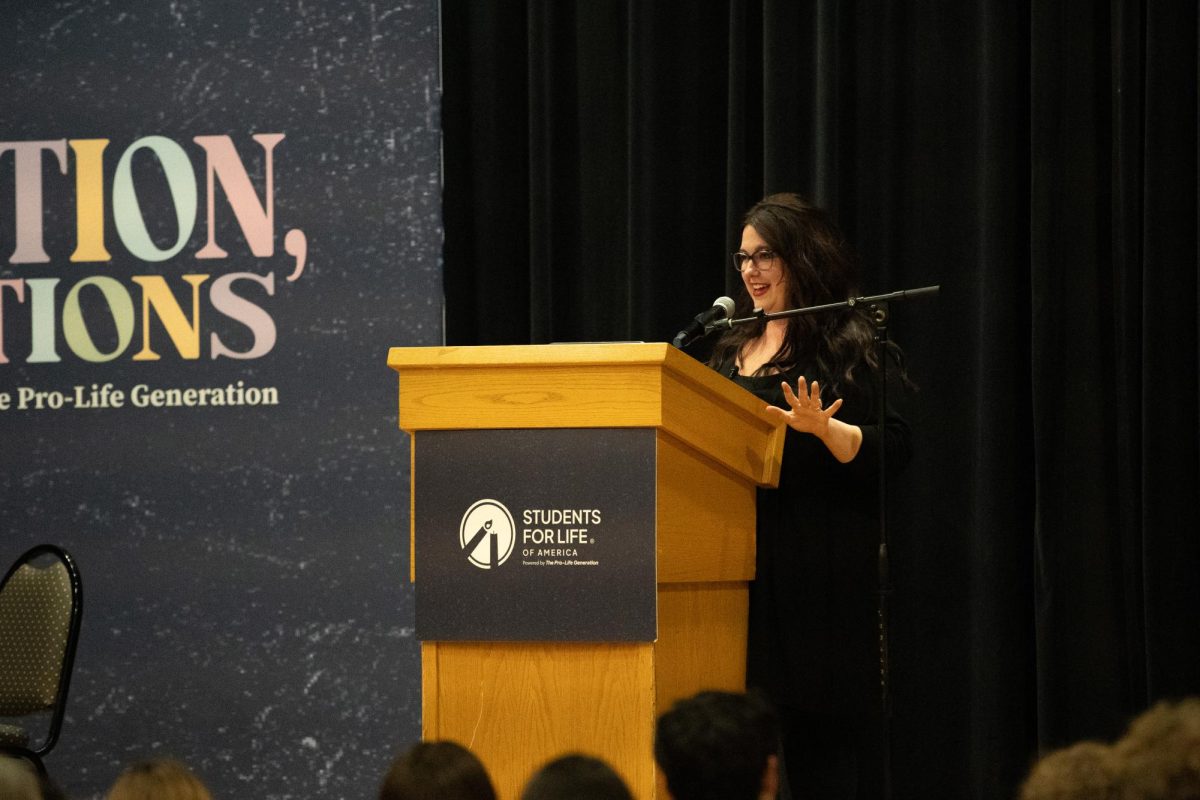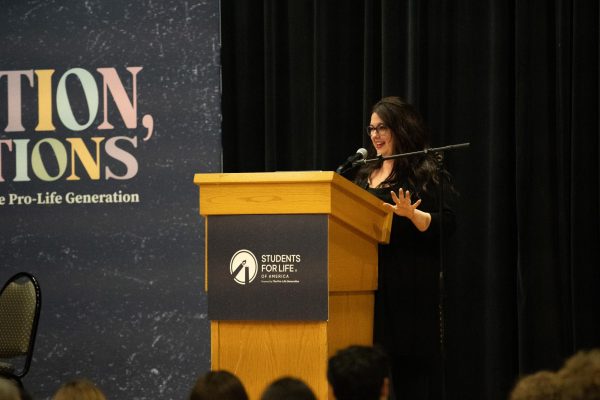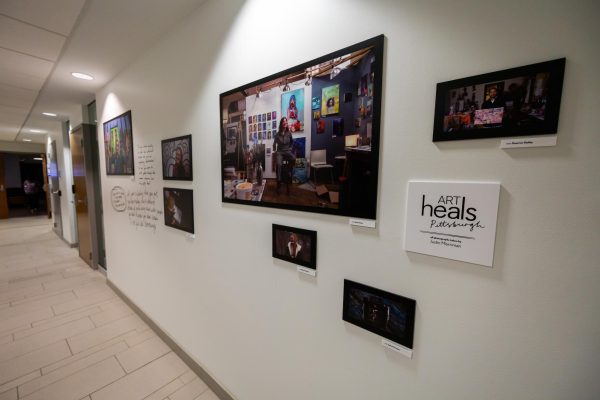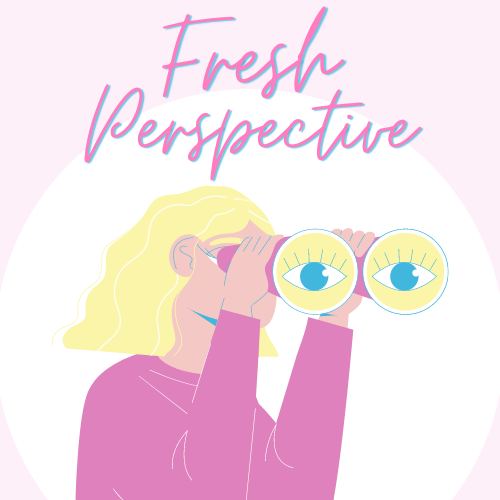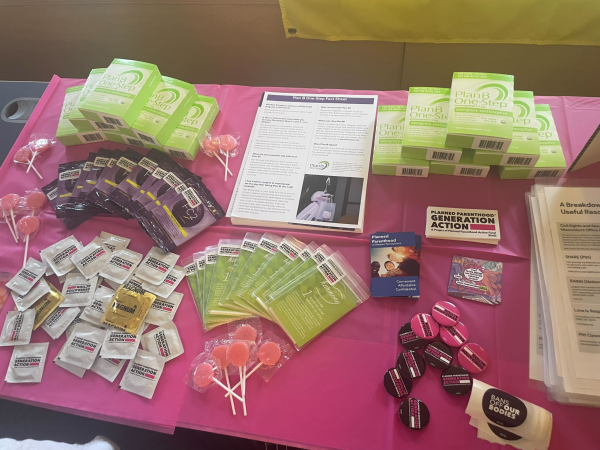Pitt students grow their own food
July 14, 2010
It wasn’t an ordinary Sunday picnic. A group of about 15 Pitt students feasted on… It wasn’t an ordinary Sunday picnic. A group of about 15 Pitt students feasted on sushi, tempura, grilled zucchini, tacos, salad, brownies and berry pie on Flagstaff Hill. The students didn’t just cook the food, they harvested many of the ingredients from a plot on Oakland Avenue.
“It’s just really moving for me to see not only them harvest this stuff, but it turn into something,” said President of Plant to Plate Reva Gorelick. “We’re not just picking up pizza from around the corner.”
Pitt’s Plant to Plate student organization teaches students about sustainable agriculture and connects them to their food through urban gardening. The Sunday picnic was the celebration of the group’s first harvest of zucchini, cucumbers, tomatoes, hot peppers, purple basil, green beans, purple beans and strawberries.
The group’s progress on the Oakland Avenue plot shows how the urban gardening movement is gaining visibility in Oakland.
“We’ve got corn high as an elephant’s eye,” declared Marc Schutzbank, a Pitt alumnus who volunteers with the organization.
Gorelick put her own measure in, as well, saying corn that is “knee-high by the Fourth of July” is making good progress. Though impressed by the corn, she squealed with glee over the zucchinis.
“I’ve been watching them grow since they were baby baby, the size of my thumb, and now they’re as big as baseball bats,” she said.
Group members take daily shifts to water and weed the gardens. They measure the plants’ growth and keep track of the data.
Jeff David, the group’s head farmer, said it was gratifying to see most of the plants start from seeds. Only the basil and about 20 tomato plants got a head start.
The Mascaro Center for Sustainable Innovation gave the group $5,000 in seed money to buy tools, soil and lumber to build the raised bed frames and seeds. In the form of a sustainability class, Pitt lent Plant to Plate the lot for two years.
Pitt spokesman John Fedele said the University has no plans for the area yet.
Plant to Plate is not alone in urban gardening in Oakland, either. About one block away from the Plant to Plate plot, Joe Mamas grows herbs and tomatoes on the restaurant’s roof. Joe Mamas’ chalkboard advertisement beckons passersby to try the summer sangria with mint from its rooftop garden.
“This was just wasted space other than for holding the big, ugly air conditioner,” general manager Deb Bankert said while watering the plants on a Wednesday morning.
She still remembers the excitement she felt when the bartender asked her to go to the roof to snip some mint for the first mojito of the summer. Some people don’t believe that Joe Mamas uses fresh herbs in its summer items, Bankert said, so she invites nonbelievers to walk across the street to see the tops of the plants.
The flat roof supports 11 green, 18-gallon storage containers with tomato, rosemary, cilantro, mint and basil plants. Bankert said the head chef got the idea to start a rooftop garden while looking out of his office window at the space.
Though the garden doesn’t have the usual pests, the plants have to overcome the hot roof. Bankert and the chefs water the plants three times a day.
“It’s nice to be able to get away from the hectic day. It’s harsh, hot and relentless,” Bankert said. “Gardening gives you a sense of immediate gratification.”
The experimental garden doesn’t yield enough basil for all the menu items or even the marinara sauce. The fresh basil is adequate for items like the lemon basil vinaigrette dressing on the grilled shrimp salad.
Bankert looks forward to growing more tomatoes and squash next year.
Plant to Plate plans to expand its garden next year and increase its visibility. The organization is unique in that most of its activities occur during the harvest season, when students are away. Gorelick said they hope to have cooking and apple picking events.
Gorelick is glad the group has the lot on Oakland Avenue because of its visibility, but the public location has created some obstacles. The group had three rain barrels and a composter, an enclosed bin that allows the breakdown of organic material, stolen last month. The composter was worth about $60.
The group has since bought a shed and will put up a picket fence to keep people from walking through the plot.
“We’re hoping to nip the problem in the bud,” Gorelick said. “I think it’s great that people are walking in and out, seeing what’s going on, but that shouldn’t be happening at 2 a.m. on a Saturday night.”
Methodology
An alternative spring break last year planted the seed in Reva Gorelick’s head. She took a trip to work on a farm in northern California through the Hillel Jewish Community Center. There she weeded garlic fields, harvested kale and worked in strawberry and broccoli fields.
Since then, Gorelick, and other urban garden aficionados like her, have been interested in “eating local” because of its many health and environmental benefits.
Eating locally grown food saves on fuel, brings the people closer to their food and is usually fresher, as any locavore could tell you. A locavore, whose title was the Oxford American Dictionary’s word of the year in 2007, strives to eat food that’s harvested within a 100-mile radius. The main idea is to reduce fuel emissions caused by transporting food long distances.
Gorelick, the president of Pitt’s student group Plant to Plate, said the experience taught her that food can be nourishing and not just something to fill the stomach. When she came back to campus, she found a network to support her ideas, and she started Plant to Plate in the fall of 2009.
The next semester, an environmental studies class called “Sustainability” met, and professor Ward Allebach challenged the class to commit themselves to a project for the semester. They chose urban green spaces and urban gardening to reconnect students and the community to their environment, said Sarah Nagle, who took the class last spring.
“I think that one of the first benefits is getting people to see what food looks like when it’s growing,” she said. “See the corn stalks. Corn doesn’t just show up in a little bag in the frozen food section.”
The class arranged for the University to lend the part of its lot on the 200 block of Oakland Avenue to Plant to Plate. A student will use part of the land for biofuel experiments and to see if sunflowers can take heavy metals out of the ground.
Nagle, who has a small garden outside of her Oakland apartment, said reading about urban gardening taught her to eat seasonally.
“Tomatoes only ripen in the late summer. So when they’re not in season, they’re either shipped from really far away or ripened artificially with gases,” she said. “It’s incredible what we put into our bodies sometimes. If you grow it, you know it.”
The students asked local organizations like Friends of the Urban Forest and Grow Pittsburgh for advice on creating green space.
They also help bake sales weekly for about a month to support their project.Nagle said the class empowered her to start a garden of her own. She picked up untreated lumber from Construction Junction, built a small garden and is now anticipating the reddening of her tomato plants.


